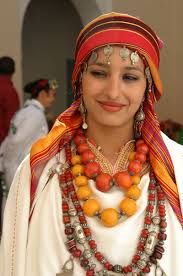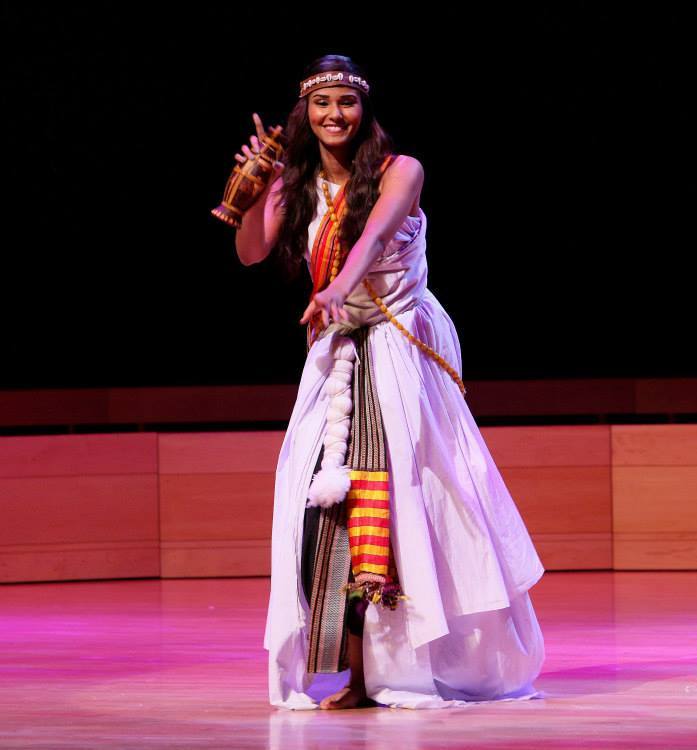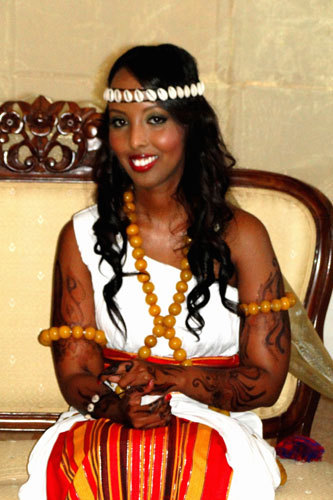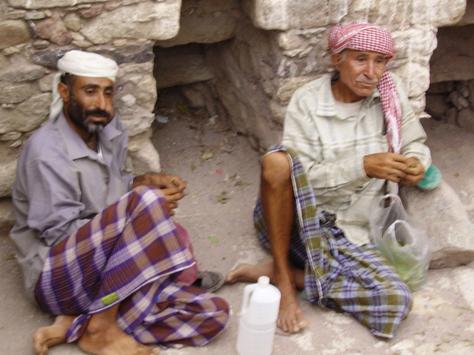The
Sultanate of Mogadishu later developed with the immigration of
Emozeidi Arabs, a community whose earliest presence dates back to
the 9th or 10th century.[11] This evolved into the Muzaffar dynasty, a joint
Somali-Arab federation of rulers, and Mogadishu became closely linked with the powerful Somali
Ajuran Sultanate.
[12] Following his visit to the city, the 12th century
Syrian historian
Yaqut al-Hamawi wrote that it was inhabited by dark-skinned
Berbers, the ancestors of the modern Somalis.
[13][14]
For many years,
Mogadishu stood as the pre-eminent city in the Bilad-ul-Barbar (بلاد البربر), meaning "
Land of the Berbers," which was the medieval Arabic term for the Somali coast.
[15][16][17] By the time of the
Moroccan traveller
Ibn Battuta's appearance on the Somali coast in 1331, the city was at the zenith of its prosperity. He described Mogadishu as "an exceedingly large city" with many rich merchants, which was famous for the high quality
fabric that it exported to destinations including
Egypt.
[18][19] Batutta added that the city was ruled by
a Somali Sultan, Abu Bakr ibn Sayx 'Umar,
[20][21] who was originally from
Barbara in northern Somalia and
spoke both Somali (referred to by Battuta as
Mogadishan, the
Benadir dialect of Somali)
and Arabic with equal fluency.[21][22] The Sultan also had a retinue of
wazirs (ministers), legal experts, commanders, royal
eunuchs, and other officials at his service.
[21]
In his journal of an expedition to the region
in 1497-1499, the explorer
João de Sá, who accompanied
Vasco da Gama on the voyage, wrote that
Magadoxo (Mogadishu) was controlled by
Moors.














 You are one crazy dhabacyo khaniis
You are one crazy dhabacyo khaniis



